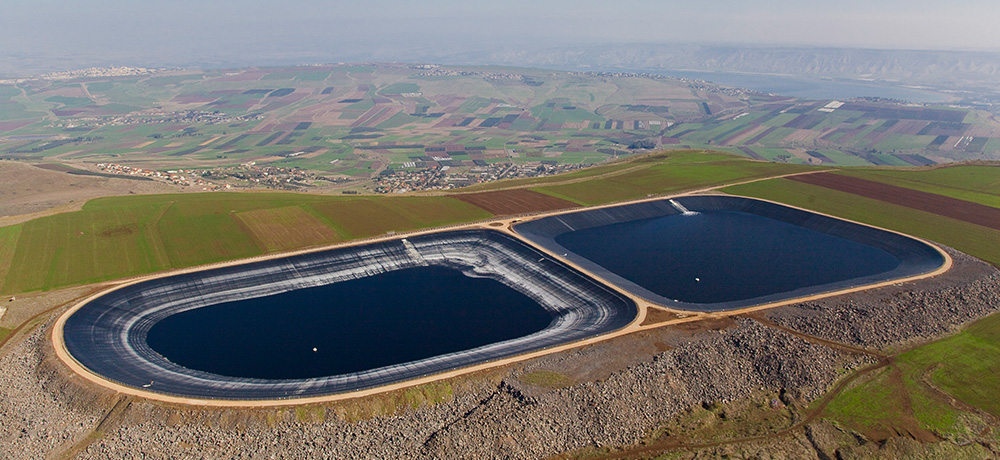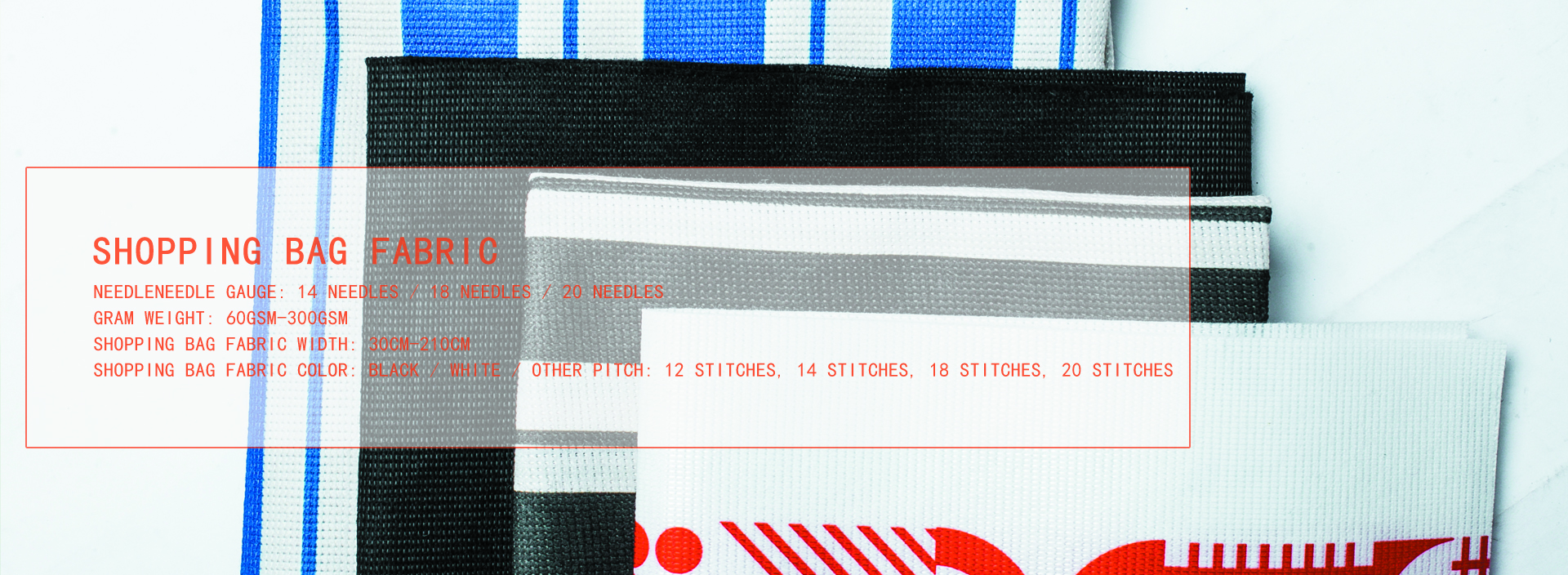The
geomembrane has a very low permeability coefficient and is widely used in the lining system of landfills. In order to prevent excessive concave deformation of the geomembrane during long-term use, a layer of geotextile is usually laid on the geomembrane. Geomembrane and geotextile are part of the lining system of landfills, and their ability to resist interfacial shear has attracted wide attention from researchers. At first, people stayed in the qualitative test and analysis stage of the shear strength of the GM/GT interface. With the continuous deepening of research, researchers gradually began to quantitatively analyze the reasons and factors that affect the shear strength of various geomembranes, especially rough surface geomembranes and geotextiles, and summarize the corresponding failure mechanisms through cutting.

According to various interface shear tests of geomembrane and geotextile, it is found that the shear stress-displacement ratio curves of smooth geomembrane, rough geomembrane and non-woven geotextile exhibit obvious strain softening characteristics. The maximum shear strength of the membrane/geotextile interface is significantly higher than that of the soft geomembrane/geotextile interface, and its maximum displacement is also greater.
Through the shear test of the interface between the geomembrane and the non-woven fabric under dry and wet conditions, it is found that the shear stress-displacement curve of the interface between the geomembrane and the non-woven fabric on the rough surface in the dry state shows a certain strain hardening characteristic. In the wet state, it shows the characteristics of deformation and softening; in the wet state, due to suction, the shear resistance of the same material interface in the wet state is higher; the cohesive force of the geomembrane and geotextile interface is higher in the dry state, It will be close to 0 in the wet state and can be ignored.
According to the large-scale slope model test of the geomembrane and geotextile interface, it is found that when the external shear stress is less than the maximum strength of the geomembrane/geotextile interface, the interface is in an elastic stage and there will be no large shear displacement inside, and overlapping material anchors The tensile force at the end is also very small; when the external shear stress is greater than the maximum strength, the interface will gradually enter the residual state, and finally reach the residual strength. At the same time, the anchoring end of the lap material will generate a lot of tension, and even break completely in severe cases.
According to the shear test of the rough surface geomembrane and the non-woven fabric interface according to different roughness methods, it is found that the post strength loss of the rough surface geomembrane and the non-woven fabric interface is larger. The reasons for this phenomenon include non-woven fabrics. The fibers on the surface are torn and pulled during the shearing process, making the arrangement of the fibers parallel to the shearing direction, and the rough particles or textures on the rough geomembrane surface are worn away. In the cutting process. Under the action of high normal stress, the reason for the decrease in strength also includes the texture of the rough surface geomembrane or the rough texture being flattened.
The continuous shear test on the interface between the geomembrane and the non-woven fabric by changing the normal stress state found that under the same initial normal stress state, the geomembrane/non-woven fabric interface was sheared before the normal line was changed. Nervous state. The greater the shear displacement, the lower the maximum shear strength and the large-displacement shear strength after changing the normal stress; the degree of strain softening will also affect the maximum shear strength and the large-displacement shear strength after changing the normal stress.
According to the shear test results of the rough surface geomembrane and non-woven fabric, the post-peak strength reduction mechanism of rough surface geomembrane and non-woven fabric is proposed. The study found that in the stress range, whether it is co-extrusion or rolling rough geomembrane, the main reason for the decrease in strength after the peak is the small-scale abrasion and shear on the surface of the rough geomembrane during processing.
By studying the relationship between the shear strength of the geomembrane and geotextile interface and its contact state, it is found that in the interface contact state, the number of fibers wrapped on the rough particles on the rough geomembrane surface is related to the density of the coating layer. Fiber affects the main parameters of the interface shear strength of the geomembrane and geotextile on the rough surface. Even if the normal stress remains unchanged, the interface shear strength of the geomembrane and geotextile on the rough surface can be changed by the following formula to change the contact state of the interface.
Through the research on the reasons and factors affecting the shear strength of the rough surface geomembrane and the non-woven fabric interface, it is found that the main factor affecting the maximum friction coefficient of the rough surface/non-woven geomembrane interface is the normal stress residual friction coefficient. The main factors include not only the positive Stress also includes other factors such as material properties; the reason for the shear strength of the interface between the two is that the nonwoven fibers are inserted and pulled by the rough particles on the rough surface of the geomembrane during the shearing process. The elongation process and the development process from the maximum shear strength to the large displacement shear strength are the processes in which the rough particles on the rough geomembrane surface reach abrasion resistance and stability, and the nonwoven fibers complete the orientation arrangement.
The main factor forming the shear strength of the rough surface geomembrane and non-woven fabric interface is the grip between the rough particles on the surface of the rough geomembrane and the non-woven fabric fibers; the larger the rough surface of the geomembrane, the more arranged. many. If it is dense, the gripping effect will be stronger, and the shear resistance of the interface will be correspondingly higher. However, when the arrangement is too dense, the rough geomembrane surface will become more uniform and smooth, which will weaken the jamming effect and cause the shear strength to decrease.
The direct shear test results of the rough surface geomembrane and geotextile manufactured by three rapid prototyping technologies show that the maximum shear strength of the hook-shaped micro convex geomembrane and the geotextile interface is increased compared with the geomembrane manufactured by the traditional rough method. 69%. Changing the coarse-grain spacing and the height of the coarse geomembrane will affect the shear strength of the geomembrane/geotextile interface.

